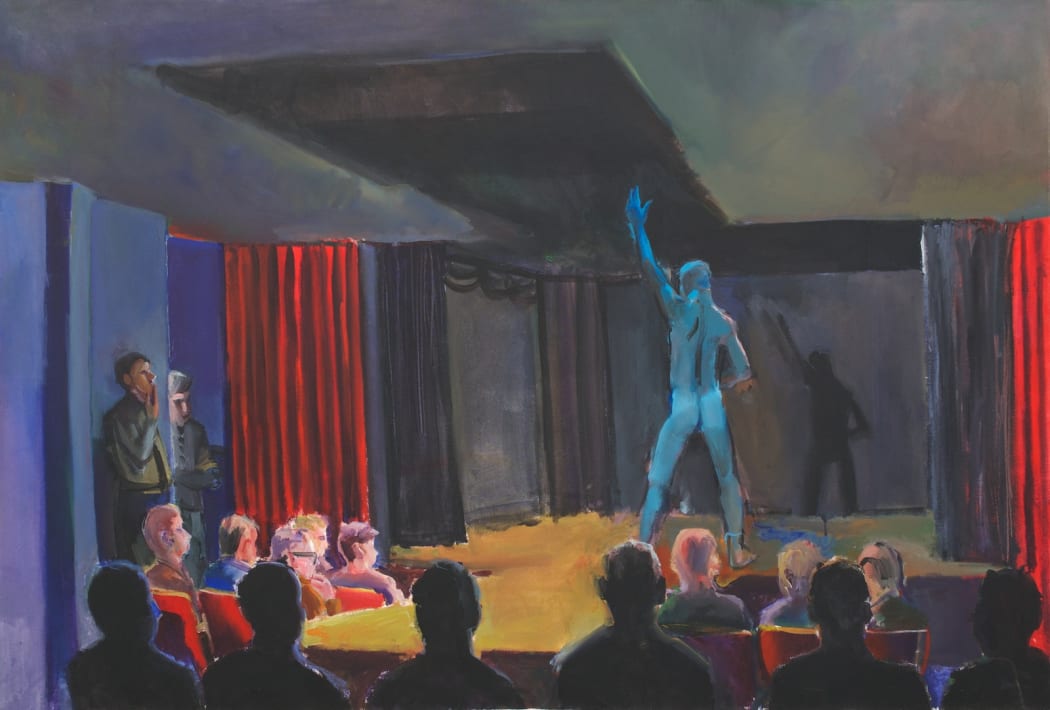
Los Angeles, known for its glitz, glamor, and iconic Hollywood sign, is a city synonymous with camp, chic, and an undeniable flair for the dramatic. It’s also a city where queerness isn’t just accepted but celebrated as an integral part of its identity.
While San Francisco’s Castro District is often the first place people think of when it comes to queer culture and history, Los Angeles boasts a rich and pioneering queer history of its own. LA’s contributions to LGBTQ+ rights are both numerous and significant, making it a landmark city for queer activism and culture.
A History of Firsts in Queer Activism
Los Angeles takes pride in several historical milestones in the fight for LGBTQ+ rights. For instance, the first known protest against police harassment of the queer community happened at Cooper's Do-Nuts in May 1959 (1). This uprising was a response to persistent police harassment at the 24-hour donut café, marking an early act of resistance.
Another significant event was the raid on the Black Cat Tavern on New Year’s Eve in 1966, leading to a civil demonstration organized by PRIDE (Personal Rights in Defense and Education) on February 11, 1967 (2). This demonstration was a pivotal moment in LGBTQ+ activism.
Before these events, LA was already a trailblazer with the establishment of the Mattachine Society in 1950, the first organized LGBTQ+ rights organization in the United States. The city also saw the birth of "The Advocate," the first LGBTQ+ magazine, in 1967 (3).
Los Angeles can also claim the first "gay motorcade," organized in 1966 to fight discrimination against gays in the military. Additionally, the first use of the word "Pride" in relation to LGBTQ+ rights is attributed to the PRIDE organization founded in 1966 (4).
The world’s first Pride march took place in Los Angeles on June 28, 1970, organized by the Christopher Street West Association. While the inaugural parade drew around 1,000 participants, today’s LA Pride parade is a massive two-day event attracting tens of thousands of people, celebrating with a festival and a vibrant parade.
Celebrating Queer Artists
The prevalence of queer culture in Los Angeles has fostered a thriving art scene. Here are some historical queer artists from the city who have made significant contributions and are often overlooked:
-
Patrick Angus (1953-1992): Known for his poignant depictions of gay life during the AIDS crisis, Angus’s work captures the emotional and physical landscapes of queer experiences with stark realism and intimacy.
Slave to the Rhythm, 1986 acrylic on canvas Image Courtesy of: Galerie Thomas Fuchs
-
Jerome Caja (1958-1995): Caja’s miniature works, created with unconventional materials like nail polish and glitter, explore themes of queer identity, AIDS, and mortality with dark humor and a subversive style. Although not originally from Los Angeles, their influence profoundly shaped the drag performance scene in the city.
"The Trinity" - by Jerome Caja, nail polish, enamel, and glitter on paper, 1988, Excerpted from: Jerome After the Pageant, 1995, Image Courtesy of: The Jerome Project Gallery
-
Tom of Finland (Touko Laaksonen, 1920-1991): Although Finnish by birth, Tom of Finland spent significant time in LA. His iconic drawings of hyper-masculine men celebrating gay sexuality have left a lasting impact on queer culture.
Untitled (Leather Brotherhood), 1980, Graphite on paper, Image courtesy of: Tom of Finland Foundation
-
Laura Aguilar (1959-2018): A Los Angeles native, Aguilar was a photographer whose work focused on marginalized communities, including the queer and Chicana communities. Her powerful self-portraits challenge traditional notions of beauty and identity.
Three Eagles Flying, 1990, Three Gelatin silver prints Image Courtesy of the artist
-
Carlos Almaraz (1941-1989): A key figure in the Chicano art movement, Almaraz’s vibrant paintings often incorporated elements of his queer identity, blending surreal landscapes with social and political commentary.
Playing with Fire: Paintings by Carlos Almaraz, 1972, Image Courtesy of: Los Angeles County Museum of Art
These artists and activists highlight the influence Los Angeles has had on the LGBTQ+ movement. Their work and legacies continue to inspire new generations, making LA a pivotal city in the ongoing fight for equality and representation.
For a deeper dive into the rich history and cultural contributions of LGBTQ+ individuals in Los Angeles, explore the following resources:
-
ONE Archives at the USC Libraries: An extensive collection of LGBTQ+ historical materials. https://one.usc.edu/
-
Los Angeles LGBT Center: Provides a wealth of historical information and current initiatives. https://lalgbtcenter.org/
Christopher Street West Association: Organizers of the LA Pride parade and festival. https://lapride.org/
(1) “Cooper Do-Nuts.” Cooper Do-Nuts | One Archives, 16 Aug. 2018, one.usc.edu/story/cooper-do-nuts.
https://one.usc.edu/story/cooper-do-nuts
Add a comment